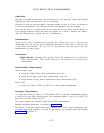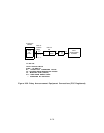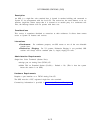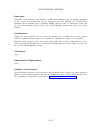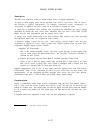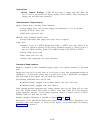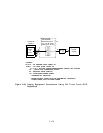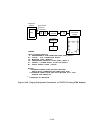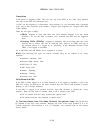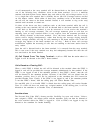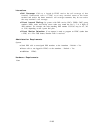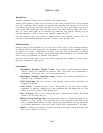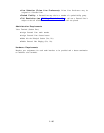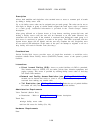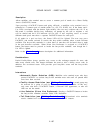PERSONAL DIAL CODE (PDC)
Description
Each station is assigned a PDC. The user may log in the PDC at any other voice terminal,
and calls to the PDC will follow the user.
A PDC can be assigned to a convenience voice terminal (i.e., not associated with a particular
user) and to data terminals with modems.
Digital data endpoints are assigned Data Dial
Codes (DDCs).
There are two types of PDCs:
● PDCs: Assigned to users with their own voice terminal (referred to as the “home
terminal”). To use the PDC at another voice terminal, the PDC may be logged-in
there.
● Floating PDCs (FPDCs): Assigned to employees who do not have their own voice
terminal and to visitors who will be receiving calls. Calls to an FPDC will ring at
the terminal where it is logged in, or, optionally, at the Attendant Console if the
FPDC is not logged in anywhere.
Up to 200 PDCs and 300 FPDCs can be assigned in a system.
Note: The following call types are station oriented. They do not redirect to an “away
terminal.”
● Automatic Intercom Calls
● Directed Night Service Calls.
● DSS Calls (V1 only)
● DGC Group Calls
● Manual Signaling
● Message Waiting
● Personal Line Calls
Calls Placed to A PDC:
If the PDC is either logged in at its home terminal or is not logged in anywhere, a call to the
PDC will simply be directed to the home terminal and will receive that terminal’s normal
hunting or call coverage treatment.
If the PDC is logged in at another terminal, then that terminal is termed the “away
terminal.” There are two cases to consider when a call is placed to this PDC:
● Call not placed from the away terminal (the general case)
● Call placed from the away terminal (a special case).
(1) Call Not Placed from The Away Terminal (the general case): The call will first
be directed to the away voice terminal. Ringing will occur at the away terminal if it is an
on-hook single-line voice terminal or if it is a multiline voice terminal with an idle System
Access button.
2-181



